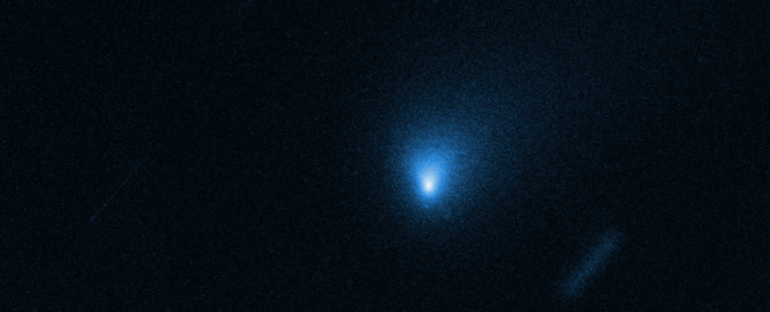Available evidence points to there being a lot of water out there in the Universe, beyond the Solar System. Detecting it and studying it, however, is not exactly easy – unless the water comes to us. Now, some of it has, carried in on a comet from li
Available evidence points to there being a lot of water out there in the Universe, beyond the Solar System. Detecting it and studying it, however, is not exactly easy – unless the water comes to us. Now, some of it has, carried in on a comet from light-years away.
According to a new analysis of 2I/Borisov, submitted to The Astrophysical Journal Letters and uploaded to pre-print resource arXiv, the interstellar comet is outgassing water vapour.
This, in turn, provides information about the comet’s nucleus, the volatile elements and compounds it’s spewing, and the circumstellar disc from which it originated.
"Comets have a primitive volatile composition that is thought to reflect the conditions present in their formation region in the protosolar disc. This makes studies of cometary volatiles powerful for understanding the physical and chemical processes occurring during planet formation," the researchers wrote in their paper, which is yet to be reviewed.
"The discovery of interstellar comet 2I/Borisov provides an opportunity to sample the volatile composition of a comet that is unambiguously from outside our own Solar System, providing constraints on the physics and chemistry of other protostellar discs."
We’ve studied a lot of Solar System comets, so we have a pretty decent handle on those processes as they happened during the formation of our own planets, but exoplanetary systems are still a huge mystery. And understanding…



